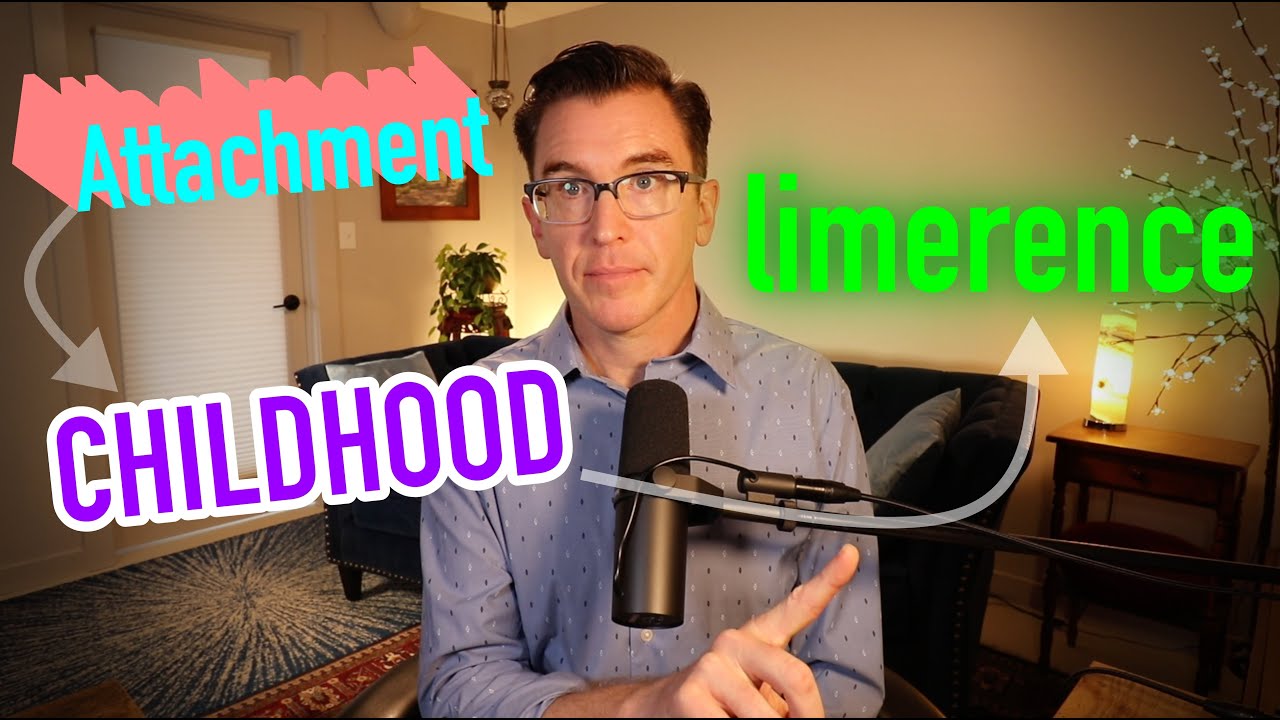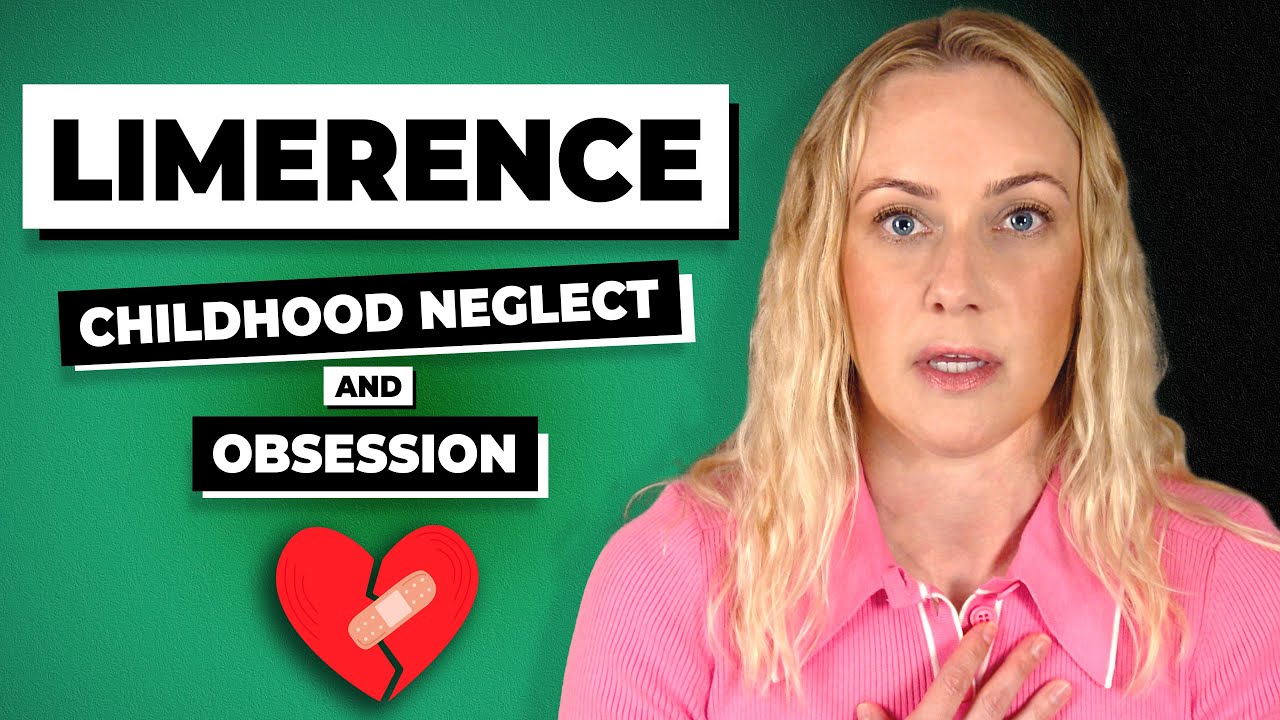
Limerence Is It The Ultimate Romantic Obsession
Understanding Limerence: The Science Behind Romantic Obsession
Limerence is a state that can feel like a beautiful whirlwind, but it often leaves individuals hanging in a world of intense romantic emotions. When someone experiences limerence, they don’t just fancy someone; they become utterly consumed by their thoughts and feelings. It’s a unique cocktail of infatuation simmering with obsession that can profoundly affect life choices and daily routines. Take, for instance, the famous scene in “Annie Hall,” where Annie’s thoughts about Alvy dominate her mind. This highlights how limerence can disrupt one’s life, proving that it’s not just all flowers and chocolates.
Adding some science to the mix, limerence is defined by Dorothy Tennov, who introduced the term in the 1970s. What’s fascinating is how limerence isn’t merely poetic; it’s a psychological phenomenon. Studies indicate limerence triggers the brain’s reward circuits, similar to addiction. Neuroimaging has revealed that the feelings associated with limerence activate pleasure centers in the brain linked to dopamine release. This makes limerent individuals crave emotional validation, reinforcing their obsession in a way that mirrors addiction.
In popular culture, we observe limerence all around us—in literature, film, and even music. Think of characters in films like “Her,” which showcases Theodore’s yearning for Samantha. The depths of his feelings drive the plot, demonstrating that the pursuit of emotional connection often overshadows reality. Ultimately, limerence weaves an intricate tapestry of longing and desire, compelling us to explore its significance further.

Top 7 Signs You’re Experiencing Limerence
One of the first signs of limerence is persistent, involuntary thoughts about that special someone. Picture Annie Hall again; Alvy’s incessant musings about Annie showcase how these thoughts can take over a person’s mind. This kind of ruminating can turn everyday tasks into a challenge, as one’s mind strays to visions of their elusive crush.
Ever felt an overwhelming need for someone to validate your feelings? That’s intense longing for emotional reciprocation. Theodore from “Her” epitomizes this desire. He’s not just falling for a voice; he’s starving for Samantha’s acknowledgment of his feelings, echoing the inner turmoil many face when grappling with unreciprocated affection.
Another classic sign of limerence is the idealization of the object of affection. Take Gatsby and Daisy from “The Great Gatsby.” Daisy overlooks Gatsby’s murky past, viewing him as a perfect figure. This skewed perception can fuel limerent emotions, often blinding individuals to potential red flags in a relationship.
This is where limerence can get dicey—when emotional needs hinge solely on another’s affection. In “500 Days of Summer,” Tom’s happiness is directly linked to Summer’s approval. His self-worth fluctuates with their interactions, showing just how deeply limerence can entrench someone in emotional dependency.
Is that heart racing and that lightheaded feeling love, or is it just limerence? Films like “Silver Linings Playbook” exhibit characters who can’t distinguish between excitement and anxiety. The physiological effects mimic high-stakes thrills, keeping individuals on an emotional rollercoaster that’s hard to escape.
Limerent individuals often chase extraordinary memories that feel heightened. In “Eternal Sunshine of the Spotless Mind,” the characters’ quest for shared experiences reflects the intense need for connection amid emotional chaos. This desire for uniqueness in experiences can sometimes overshadow the mundane aspects of a relationship.
A looming dread of rejection often shadows those in the throes of limerence. In “Crazy, Stupid, Love,” the characters wrestle with their self-worth against the backdrop of romantic uncertainty. This fear hints at the frailty of limerent feelings, bringing to the surface insecurities that can be hard to face.
The Psychological Underpinnings of Limerence
While love can be blissful, limerence adds psychological complexity. It combines emotional dependency with a heady mix of idealization and obsessive thoughts. Dorothy Tennov described limerence as a specific form of romantic attraction, veering into obsession. Contemporary research emphasizes that limerent states can effectively hijack the brain’s reward systems, making some feel like they are on the brink of euphoria.
Recent neuroimaging studies illustrate that limerent feelings can light up the brain’s pleasure circuits. The ventral tegmental area, crucial for dopamine release, gets activated in moments of longing. This sparks the similarity to addiction—where pleasure and motivation intertwine, making the pursuit of affection dangerously enticing. Just like someone hooked on a drug, those experiencing limerence might find it hard to break free from these feelings.
A fascinating aspect of limerence is its dual nature. Individuals revel in the emotions it brings yet may simultaneously despair at their inability to control these feelings. Understanding and recognizing limerence can be the first step toward moving from obsessive thinking into healthier emotional terrains.

The Impact of Limerence on Relationships
Limerence can ignite the sparks of passionate relationships but may also obscure true compatibility. Various forms of storytelling, such as films and novels, highlight this slippery slope. In “Before Sunrise,” the initial connection between Jesse and Céline fills viewers with hope and excitement, yet their journey reveals underlying truths about their relationships and desires. When the limerent spark begins to fade, reality sets in.
This capricious emotional landscape can lead to disillusionment when the intoxicating feelings of limerence wear off. Characters in indie films often face the fallout of their emotional highs, as seen in “La La Land.” The film illustrates the struggle between moments of limerent bliss and developing a more profound, lasting connection.
Glimpsing into the influence of limerence on relationships provides insights into individual experiences. It reveals how deep emotional connections are essential in leading to enduring partnerships, going beyond mere infatuation. This notion challenges individuals to seek more than just fleeting encounters, promoting a journey toward authentic emotional bonds.
Navigating the Fine Line Between Limerence and Love
So, how do we differentiate limerence from love? It’s crucial to recognize that while limerence serves up emotional highs, it often lacks the foundational elements found in a nurturing relationship. Mature love entails deeper understanding, mutual respect, and emotional safety. “La La Land” again serves as a prime example, as characters face the choice between fleeting attraction and a more substantial relationship, unraveling the essence of true emotional connection.
Recognizing the ladder of emotional attachment can illuminate the shift from limerence to lasting love. Engaging in honest conversations about feelings and self-discovery becomes paramount. Embracing this awareness equips individuals to traverse their emotional journeys more confidently, leading them to healthier relationships.
In summary, limerence is an emotionally captivating experience. It holds a magnetic allure yet can also mislead individuals down a turbulent path. By understanding the signs and implications of limerence, individuals can cultivate healthier relationships, steering toward deeper connections over time. Merging the electric passion of limerence with the solid roots of true love might just be the secret sauce to a more fulfilling romantic life.
Limerence is a beautiful yet complex melody that life composes, teaching us valuable lessons about connection, emotion, and love. It beckons an exploration of longing and the delicate balance in human relationships—a narrative echoed throughout indie films, blockbusters, and the bittersweet notes of real life.
This article will enhance your understanding of limerence and what it means in the context of your relationships, making it a must-read for anyone curious about the intense nature of romantic obsession.
Learn about medical malpractice And Its Implications in Relationships here, while exploring creative outlets like Daniel Booko ‘s works. Whether diving into the world of the most expensive Films or following intriguing stories from icons like Selma Hayek, you’ll find something that resonates. And if you’re into animated tales, take a trip down memory lane with Sugar Sugar rune or explore narratives featuring talents like Arath de la Torre. For a thrilling ride, don’t miss the gripping narratives of the upcoming Lake Lanier movie or delve into captivating Honey Toon stories that blur the lines between fantasy and reality. Lastly, reflect on the nuanced portrayals in adult Films to understand the spectrum of human experience in love and intimacy.
Grab your popcorn, and join us in the exploration of emotions, stories, and the essence of connection.
Limerence: The Ultimate Romantic Obsession
The Psychology Behind Limerence
Did you know that limerence is a term coined by psychologist Dorothy Tennov? In the late 1970s, she described it as an intense emotional state of infatuation and romantic desire. It’s fascinating to think that this concept has been studied for decades, and it continues to captivate lovers and researchers alike. Notably, limerence can trigger euphoric feelings similar to those found in addiction, which is why some folks can’t seem to shake that obsessive feeling! This chemical reaction in the brain connects love and desire, showing how intertwined our emotions can be—almost like a dance. If you dive deeper, the link between limerence and neurochemicals highlights how our brains are wired for love and connection, revealing how love is so much more than just a feeling.
Signs You’re Experiencing Limerence
Have you ever daydreamed about someone to the point of losing track of time? That’s a classic sign of limerence! Often, people caught in this fervent emotional whirlwind have a few common experiences. These include obsessive thoughts, intense longing, and even idealization of the person they’re infatuated with. It’s like being on an emotional rollercoaster where every high feels like an unparalleled bliss, while every perceived slight can lead to despair. Crazy, right? Research shows that limerence can also stem from unmet emotional needs, pushing individuals to seek validation and connections that may be lacking in their lives. Just like a great film, the plot twists of limerence add a layer of complexity to human relationships.
Moving Beyond Limerence
Now, moving on from limerence can be tricky. Some people find themselves in this gripping state for months or even years! But don’t fret; it’s possible to transition from infatuation to a deeper, more stable love. The key is self-awareness and maybe even a bit of reflection on what one truly desires. You could say that understanding these emotional patterns paves the way for healthier future relationships. If you think about it, navigating this journey can offer enriching lessons about love itself, steering clear of those obsessive waters and into a realm of mutual respect and affection. So, whether you’re trapped in that dizzying spell of limerence or forging a deeper bond, knowing the signs and implications can only enrich your romantic escapades. Talking about romance, you might want to check out how the cinematic portrayal of love often reflects these concepts!













